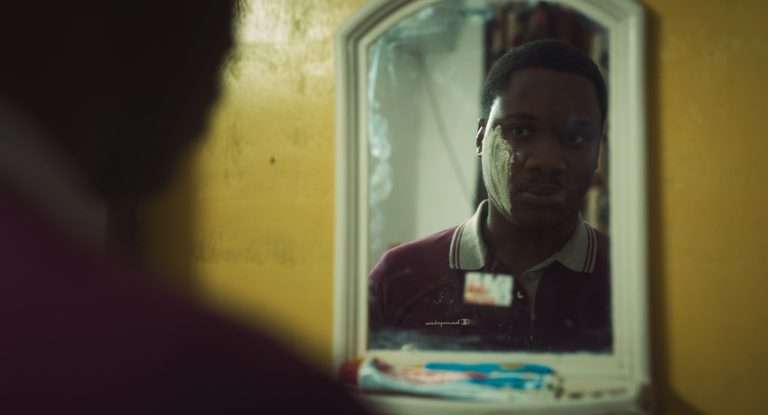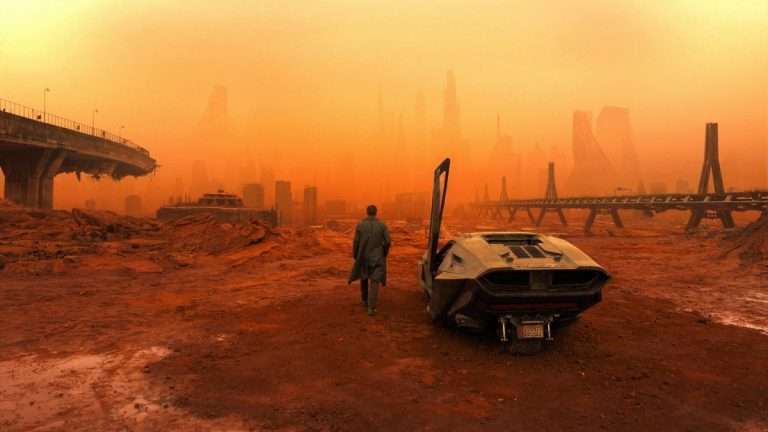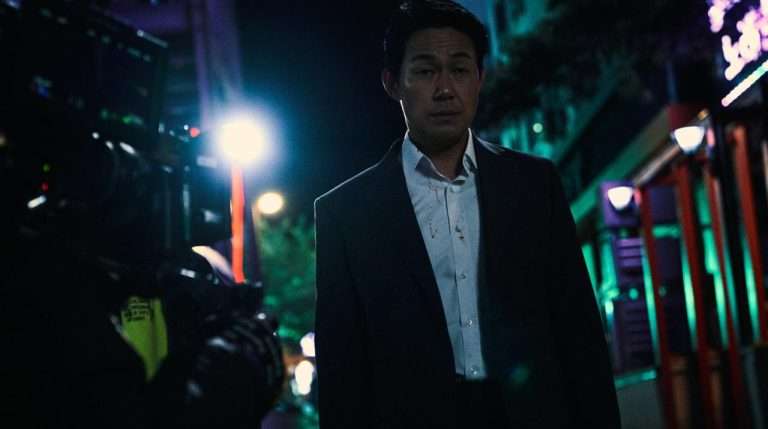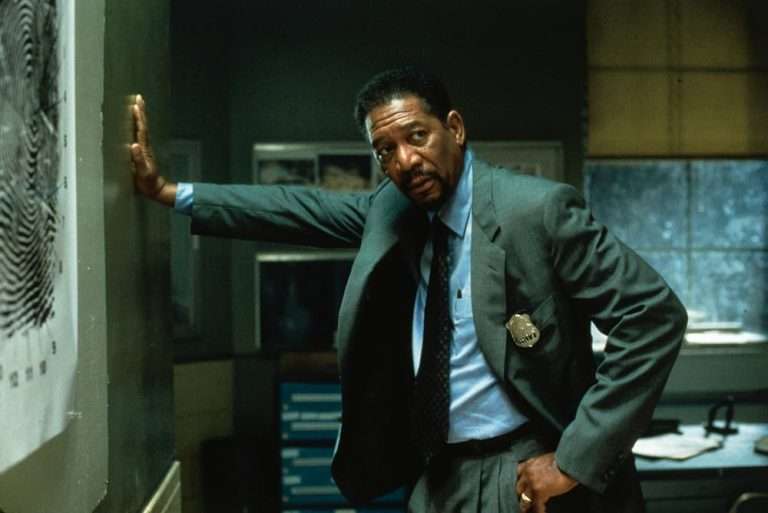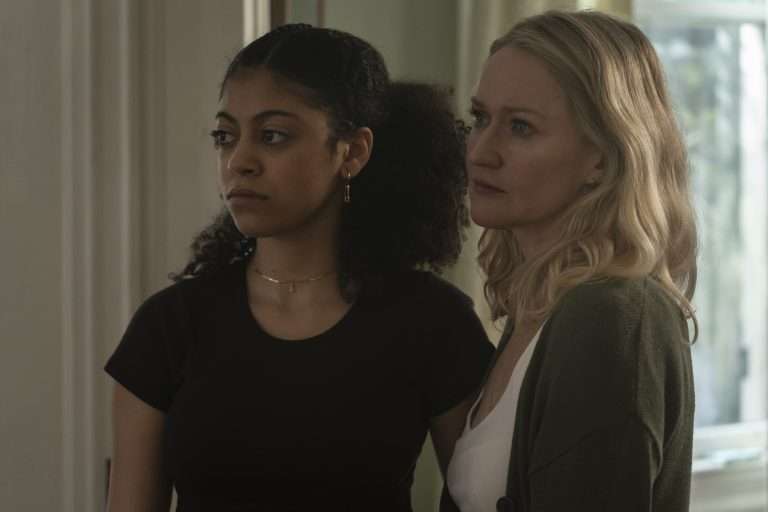The Flash has come to theaters, and DC Extended Universe has potentially completed its last leg. After numerous regime changes at Warner Bros., DCEU found a more stable future in not continuation but transformation. And The Flash, in its own visual spectacle, carries the prelude to that transformation. In this complex and entangled multiversal telling, we find director Andy Muschietti traversing DC’s entire slate of live-action adaptations, finding and establishing the reason for the massive change impending the franchise.
Flashpoint, as the film was titled when it was first announced, was probably supposed to be something else when Snyder put his franchise into vision. Now, with James Gunn actively developing DCU Chapter One: Gods and Monsters, The Flash is an anchor to take one lineage of stories to the next segment. A task that the film successfully executes.
Adapting Flashpoint comic-book issue, The Flash tells a story where driven by grief and loss, Barry Allen travels to the past to prevent his mother, Nora’s murder. Thinking of time as a linear dimension, Barry believes he’ll change his future but inadvertently breaks into a new timeline. Things get better for him after a visually staggering battle against Zod alongside Michael Keaton’s nostalgia-infusing Batman and Sasha Calle’s beautiful and fierce Supergirl. He goes back to his timeline, believing he put everything right, only to be proven wrong.
The climactic and somewhat of a cliffhanger at The Flash’s end reset the franchise, as James Gunn once pointed out, and set up the events of the new DC Universe. The film ends with a portal into DC’s future in the cinematic space. It explains how the new DC Studios’ ten-year plan for the franchise will execute the necessary changes and bridge the gap between the two settings. From a dive into DC’s meaning of a Multiverse to the extended role of Snyder’s DCEU in the forthcoming DCU, here’s how The Flash gives a glimpse at all of it.
Time Travel and Chronobowl
In a moment of grief in The Flash, Barry runs faster than the speed of light and enters a Chronobowl. It’s a life-size spherical device that acts as a multi-directional clock, allowing Barry to access a specific second of the events of that reality, witnessing them all in real-time through a vague carousal. Hoping a minor change to the past would prevent his mother’s death, Barry travels to the past but is suddenly kicked across the Speed Force to a different timeline. This new reality, where his mother is still alive, already has a different version of Barry. At the same time, most of his fellow Justice League members do not exist, barring Batman.
It’s the year 2013, and the events of Man of Steel occur again, leaving Barry alone to fight against Zod, leading him and his counterpart to find a way to change events again. And it’s Batman who comes to the rescue.
Batman’s Theory of Multiverse
Finding Michael Keaton’s older Bruce Wayne, Barry discovers his understanding of time has been wrong. He believed that changing his past would only bring a small change; however, he had changed everything. Bruce Wayne explains that time isn’t linear. Instead of branching out a new timeline from the moment of change, Barry has created a new reality with a different past and a distinct future.
A cluster of such infinite realities co-exist, called the Multiverse. And in that co-existence, all these realities are bound to intersect and find a cross-over in events, just like strands of cooked spaghetti. That’s why even in this new reality, Bruce Wayne, though old, became Batman after his parents’ murders. And that’s the theory that plays right into the conception of the new DC Universe.
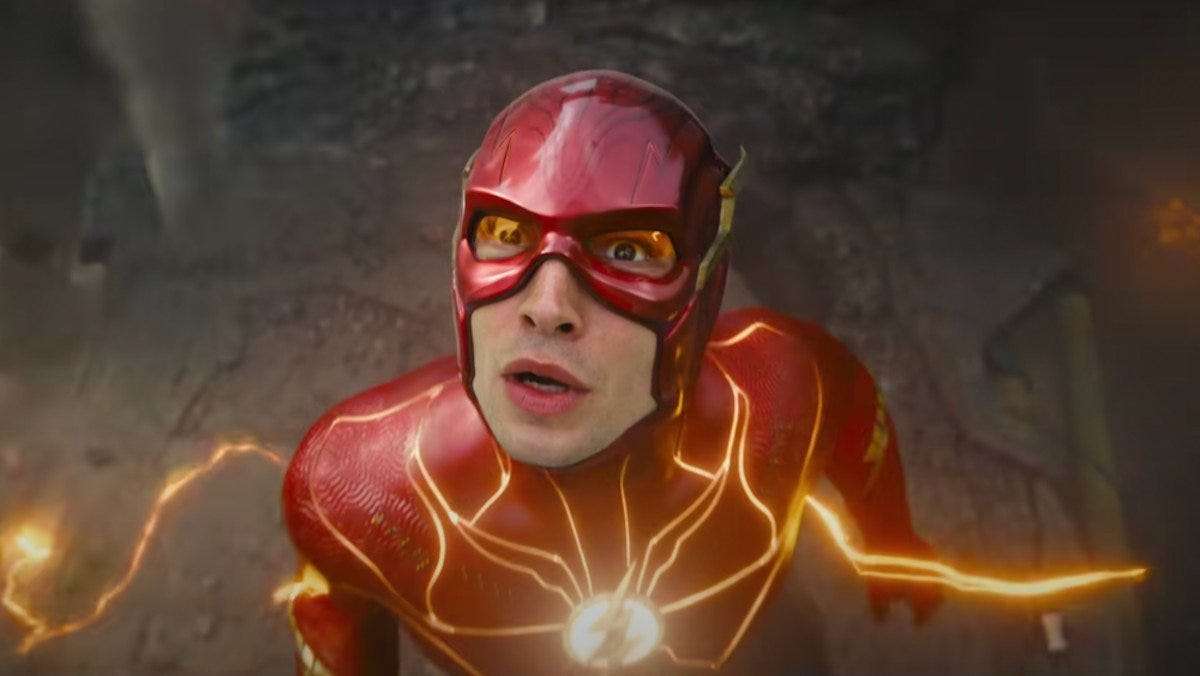
DC Multiverse Truly has Different Universes
DC’s Multiverse is different than that of the Marvel Cinematic Universe. In Marvel, the idea of branched realities comes from a more mystical backdrop, while DC always had multiversal existences that have just begun to collide. In the case of DCU, there are alternate universes and no branched timelines. They may differ from each other on any scale. They may have zero commonalities or may possess some similarities. In the case of spaghetti-like intersections, specific fixed points in those timelines will have the same occurrences and impact regardless of the universe or reality they take place in.
For instance, the Christopher Reeves’ Superman films, Adam West’s Batman, and the never-produced Nicholas Cage’s Superman Lives- all exist in the same Multiverse without many similarities or fixed points. But Tim Burton’s Batman films that starred Michael Keaton now have direct intersection points with the DCEU. And this is what James Gunn’s plan is for DCU. To have a new interconnected timeline of events but with certain characters, elements, and occurrences from the old DCEU carried over to his Gods and Monsters chapter.
DCU’s Connection to DCEU
James Gunn announced a few projects that will likely share a connection with the ongoing franchise. The most prominent references are to his The Suicide Squad, whose characters will be part of his newly curated cinematic universe for DC. A project called Waller will feature Viola Davis reprising her role in the previous films. Similarly, he will continue the Peacemaker storyline in the new franchise.
Hence, some aspects will be carried forward to the new regime even after the reset. That would give James Gunn complete creative control to bring new additions to his DCU while also allowing him a reference point and a pre-set storyline to embed in there. Hence, DCU won’t ever be a direct reboot of the previous continuity but won’t be an immediate follow-up. It just gives the studio and new creative team a chance to retain the best bits and discard the negatively received aspects of the old franchise.
How The Flash Sets Course for DCU?
The Flash sets up an explanation for a multiversal telling where things can get too similar or too different from the original timeline. With its ending, The Flash successfully puts the new DCU in gear and has already removed the unwanted material from the DCEU out of existence. At the end of The Flash, Barry allows his mother’s death to happen to prevent a multiversal collapse. In the process, he erases the inadvertent reality he was thrown into. He returns home, hoping that every change he made has now been removed and has put everything in the back. But that’s not the case.
Even in saving the Multiverse, Barry decides to plant evidence of his father’s innocence in the past before heading to his own time. He successfully proves his father’s innocence and leaves the court with a sense of satisfaction. And just when he is convinced that things are back to normal, he encounters Bruce, a different third variant of the character. It’s not Ben Affleck or Michael Keaton, but George Clooney. Notably, Clooney played Batman in Batman & Robin, which fans found terrible enough to kill off a franchise.
It means Barry hasn’t exactly corrected the timeline. He prevented Henry from being wrongfully framed for Nora’s death. And even the slightest change in the past would somewhat alter a particular reality.
This is the change that would lead to the DC Universe. A new franchise where many elements are similar to the DCEU, but several others would be heavily repurposed, replaced, removed, or added to shape a new cinematic universe set within the adaptations of DC Comics. It would mean that certain past events have been altered. In contrast, many are precisely or remotely similar, just like how intersections work in a multiverse.
How Would These Changes be Incorporated into DCU?
Up until now, we know of only two films that are to follow The Flash within the DCEU. James Gunn has confirmed that Blue Beetle is easy to factor into his new franchise, which is in development, given that it doesn’t specifically align with DCEU movies. So, it’s possible that Blue Beetle would be the first character of the new DC Universe before Superman: Legacy officially kickstarted the franchise.
On the other hand, there’s the more connected Aquaman and The Lost Kingdom. Jason Momoa’s second venture as the protector of oceans can’t help but reference or continue along the lines of DCEU. Even The Flash canonized the events of Zack Snyder’s Justice League, meaning it takes place within Zack’s vision of the cinematic universe. But, The Flash also featured Momoa’s Aquaman in a mid-credits scene. It probably means that though Batman’s past in Barry’s reality has been altered; however, Aquaman’s has remained the same. After all, no specific rules apply to all realities in the Multiverse.
It’s also plausible that some changes have occurred to Arthur’s past due to Barry’s time-traveling fiasco, which we might witness in the forthcoming sequel. Aquaman was a financial success for DC – in fact, it is the only film of the franchise to gross over a billion dollars at the global box office. Retaining Jason Momoa and Aquaman storyline in the next segment of DCU is only reasonable.
On the other hand, The Flash has potentially removed the films Snyder came up with during the universe’s conception. With Henry Cavill and Ben Affleck out of the franchise (possibly alongside Ray Fisher) and removed from the timeline, The Flash has successfully executed Warner Bros.’ plan to launch the DCU that will be tonally and thematically different from DCEU. That’s why Ben Affleck didn’t show up at the now-changed reality at the film’s end. Of course, it’s also due to the long-term executive trouble Affleck and many cast members have faced since the Justice League disaster. But The Flash has now overcome those obstacles on-screen with significant changes to the storyline.
What Does George Clooney’s Batman Mean for Future DCU?
DCU will produce a new Batman movie, The Brave and The Bold. It’s a comic book adaptation featuring an older Batman trying to train his son Damian Wayne, the Robin, in vigilantism and crime fighting. Interestingly, Andy Muschietti has been signed on to direct that project. It’s plausible that it was Andy’s direct hint to The Brave and The Bold, where Clooney can play an older version of Batman with a newcomer actor playing Damian Wayne.
It’s a long thought, but it could be a possible explanation. Even if Clooney’s uncredited cameo doesn’t lead anywhere, it represents the change that Gunn wants to implement in Batman’s place in the DC Universe.
Bridging the Gaps
With The Flash and the Multiverse theory of alternate but intersecting universes, Warner Bros. and James Gunn would now carry forward the successful ventures of the franchise into the ten-year-long plan of DCU that would begin with Superman: Legacy. The new franchise will therefore feature both new and old faces per the convenience of the new interconnected storyline. Or, say, the projects tonally aligned with Gunn’s ideas would find a place in the new regime, whereas the rest would be discarded.
It’s for the good because rooting for Snyderverse isn’t working anymore. And The Flash did an excellent job ensuring that old and new plans are respected enough. So, hopefully, the new DC Universe will do justice to the path that The Flash has started on. Till then, let’s see what other glimpses Aquaman and The Lost Kingdom and Blue Beetle offer us of DC’s forthcoming ventures.

